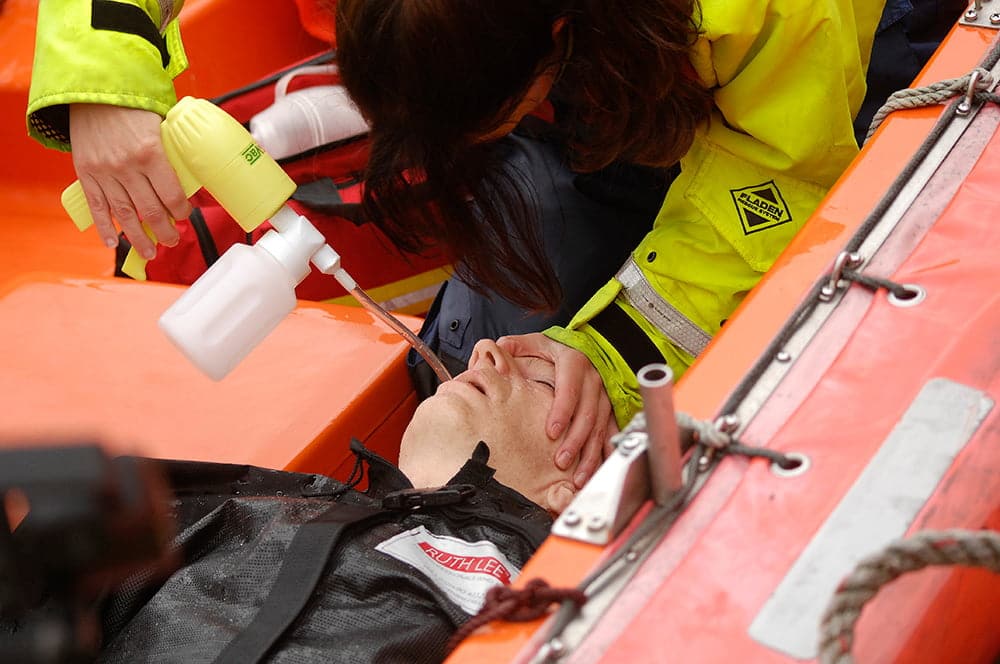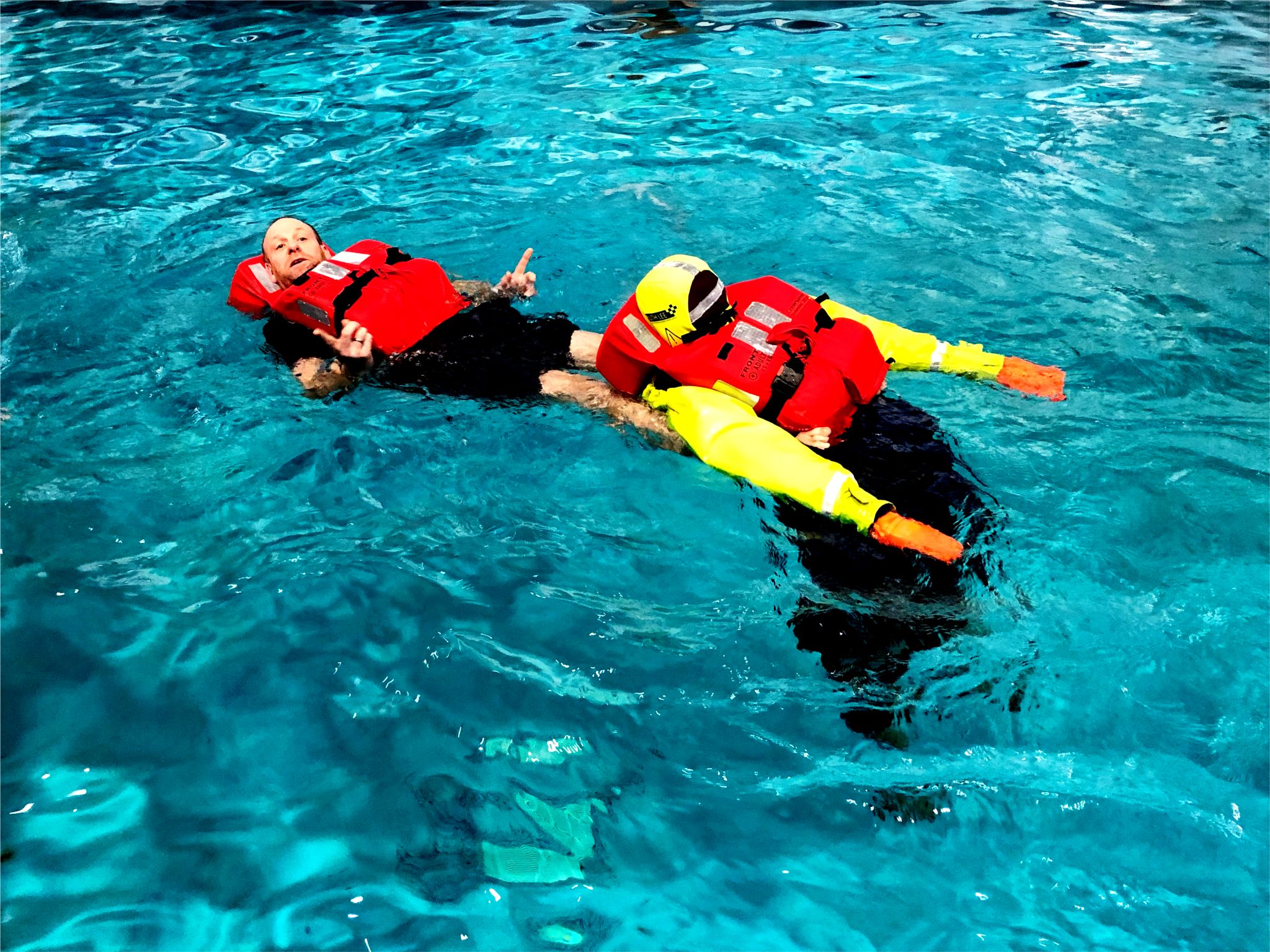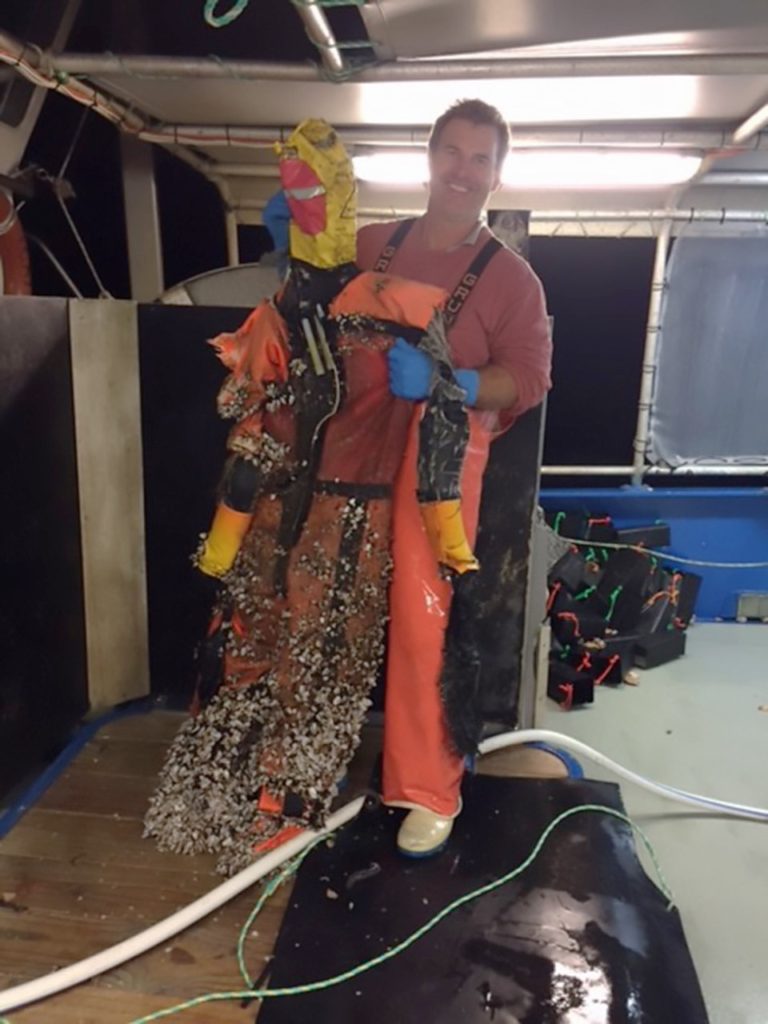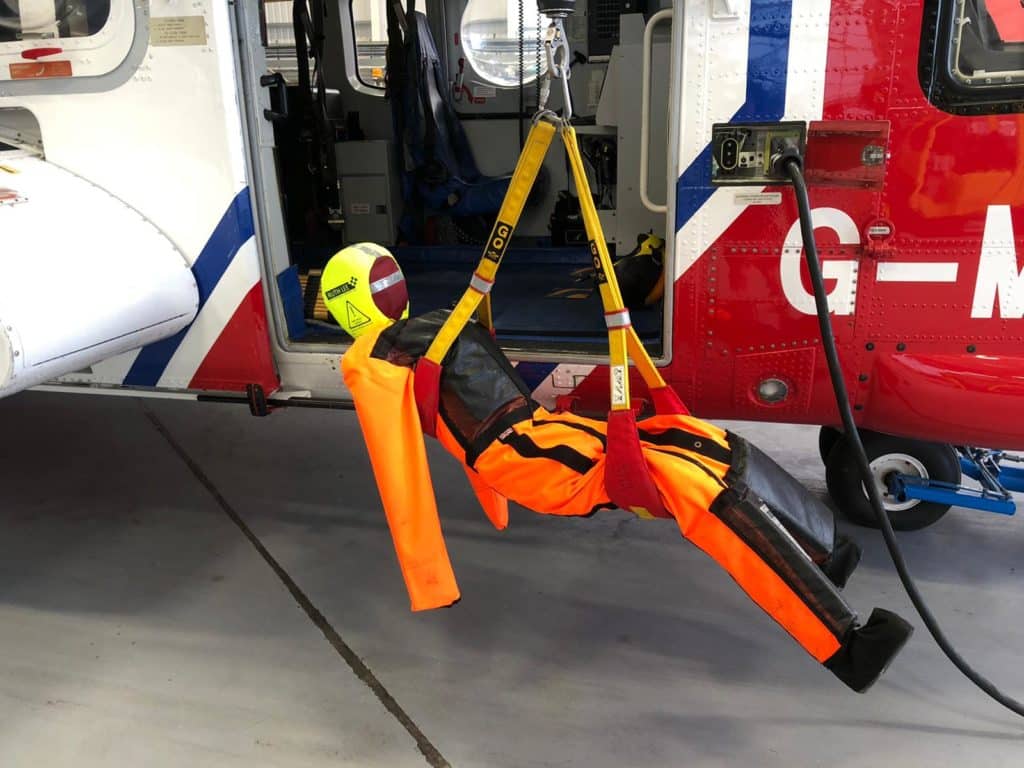Did you know that 4th-8th July is Maritime Safety Week in the UK?
It is an opportunity to highlight the good work being carried out by organisations and individuals across the country and look at ways that we can improve safety through effective and meaningful training.
At Ruth Lee we have been creating water rescue training manikins for more than 20 years and our range has been designed with feedback from the experts – including the Royal Navy, Bristow Helicopters and the Royal Lifesaving Society, to name a few.
The Maritime industry is governed and regulated by the International Maritime Organisation (IMO) which was formerly known as the Inter-Governmental Maritime Consultative Organisation (IMCO). The first IMO Convention came into force in the late 1950s and since then has created a series of updates and amendments to continually improve the standards for safety at sea.
This includes maintaining training standards, called the International Convention on Standards of Training, Certification and Watchkeeping for Seafarers, which also give IMO itself powers to check Government actions with Parties required to submit information to IMO regarding their compliance with the Convention.
UK guidance from the Maritime & Coastguard Agency
In the UK, the Maritime & Coastguard Agency produce Instructions for the guidance of Surveyors on Drills, Prevention of Man Overboard and Musters*. You can read the full guidance here.
In 11.4 General Guidance for the Conduct of Drills (Crewed Vessels), it states that at least two drills should be undertaken during Inspections and Surveys, with one always being a Man Overboard Drill. The guidance goes on to state:
11.4.5 The drill should refresh basic safety training and add an element of reality of working as part of a team onboard their own vessel. In witnessing a safe and effective drill, it is important that as many of the regular crew are present as possible. Drills cannot replace the written risk assessment but are a vital part of the necessary control measures. It is essential that all crew members undertake drills and play their part in the safe day to day running of the vessel.
For this kind of drill, our Man Overboard manikin is the ideal choice. It has been used by The Royal Navy, and other comparable organisations for many years to create realistic training that challenges the crew, without endangering the life of a fellow crew member acting as a the ‘casualty’. There are NO circumstances we can think of where risking a live person in the water is preferable to a manikin.
Our Man Overboard manikins go on to have very colourful and adventurous careers! We have heard stories where they were used to track the movement of victims in shark-infested waters off the coast of Brazil, and one very tired Man Overboard manikin was recovered off the coast of Tasmania covered in barnacles… he had clearly been swimming for some time!
Hydrostatic Squeeze – an important consideration for anyone immersed in cold water
But rescue is not as simple as just pulling someone from the water!
The guidance from the Maritime & Coastguard Agency then goes on to give specific advice for conducting Man Overboard Drills.
11.7.2.1 To ensure the crew are able to quickly and safely launch the rescue boat/ man overboard recovery system to recover a person from the water. The recovery crew should be aware of the effects of hydrostatic squeeze and how it will affect a casualty suffering from hypothermia. The recovery operation should be based on an unconscious person. The crew should be practised in the use of any equipment and knowledgeable of the four stages of the human body’s typical reaction to immersion in cold water (under 15°C).
Hydrostatic squeeze refers to the pressure of the surrounding water on the lower limbs and this is an important consideration for retrieving people from the water, especially if they have been immersed for some time and are likely suffering with hypothermia. Sudden release of this pressure can be catastrophic for the patient and has been suspected as a cause of post-rescue death in many immersion hypothermia victims.
It is therefore very important to support the patient in a horizontal position during retrieval from the water and if this is not possible, to ensure the patient is placed in a supine position as quickly as possible after removal from cold water.
This issue is discussed in more depth in an excellent article written by Dr Alan Steinman “Immersion into Cold Water” and can be read in full here.
This issue is why we worked with the rescue experts at Bristow Helicopters to create a variant of the Man Overboard manikin, the Helicopter Winch Manikin. With similar features to the popular MOB, its construction allows for the desired ‘W’ shape when lifting using helicopter strops in the retrieval of a casualty – all aimed at reducing the risk of orthostatic hypotension.
A World-first for anyone involved in the rescue and resuscitation of a drowned casualty
Until now, training for the rescue and resuscitation of a drowned casualty has been somewhat disjointed. Many teams practise the rescue and resuscitation elements separately, using different manikins and often the resuscitation being carried out in warm classroom and not on the deck of a working vessel. After all, drowning is a medical emergency, but you would not want to throw your high-tech ALS manikin into the water for it to sink to the depths of the ocean or risk getting battered in rough waters!
We are proud to work with the medical simulation experts at Lifecast Body Simulation to address this dilemma with the creation of the Advanced Water Rescue manikin – the world’s first drowning simulation manikin. This incredible training tool is rugged enough for open water rescue training, with specialist technology replicating hydrostatic squeeze, all the features you’d expect from an airway management manikin and patented features which allow you to replicate pulmonary oedema, including bubbling noises coming from the chest and foaming from the mouth.
This revolutionary manikin is already changing the way drowning victims are managed – in a drill with the special forces, they determined improved positioning of casualties to achieve the best results from CPR in a small recovery vessel.

The Advanced Water Rescue is a must for any organisation which is committed to delivering the very best training for rescue and resuscitation of a drowned casualty. It has been adopted by specialist water rescue training organisation ORMS in the UK, plus several British universities delivering paramedic science programmes. Additionally, coastguards in Europe, military training organisations in the US and most recently, the Royal Australian Navy have purchased the manikin to level up their training practises.
At Ruth Lee Ltd, we are proud to support seafaring rescue teams in creating effective training which saves lives. For advice on which manikin is most suitable for your training, call 01490 413 282 or email mail@ruthlee.co.uk


